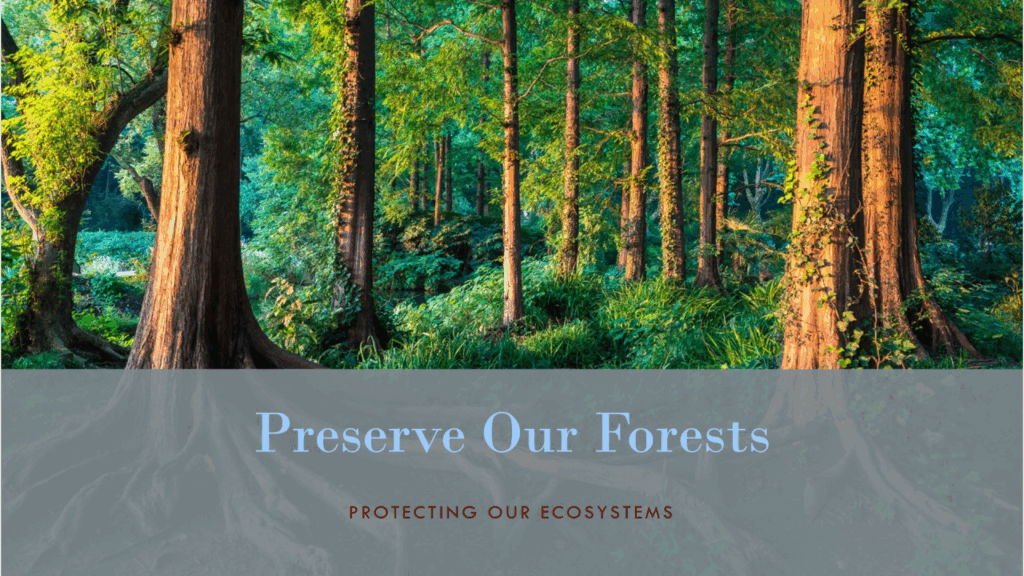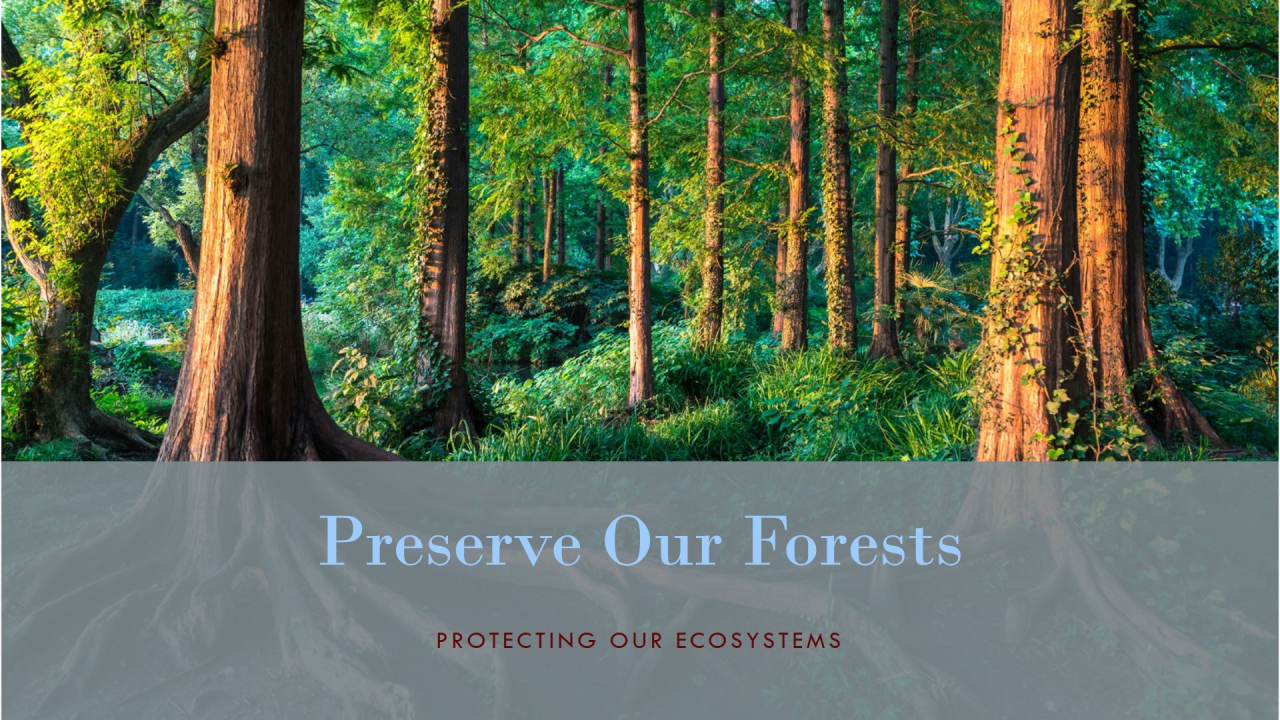
Rainforests are often called the “lungs of the Earth”, producing oxygen, storing carbon, and regulating the global climate. These dense, biodiverse ecosystems are home to millions of species, many of which are found nowhere else. Yet, deforestation and unsustainable practices are threatening their survival. Preserving rainforests is not just about protecting trees—it’s about safeguarding water cycles, biodiversity, indigenous cultures, and ultimately, the stability of our planet.
The Role of Rainforests in the Global Ecosystem
Rainforests play an indispensable role in sustaining life on Earth.
- Carbon Storage: Tropical rainforests absorb billions of tons of CO₂ annually, helping slow climate change.
- Water Cycle Regulation: Forests release water vapor into the atmosphere, creating rainfall patterns critical for agriculture worldwide.
- Biodiversity Hotspots: More than half of the world’s terrestrial species live in rainforests.
- Soil Protection: Dense tree cover prevents erosion and maintains soil fertility.
- Cultural Importance: Indigenous communities rely on rainforests for food, medicine, and cultural traditions.
Threats to Rainforest Survival
- Deforestation
Logging, agriculture, and infrastructure projects clear vast areas, reducing biodiversity. - Agricultural Expansion
Palm oil, soy, and cattle ranching are leading drivers of rainforest destruction. - Mining Activities
Extraction of gold and other minerals contaminates rivers and disrupts ecosystems. - Climate Change
Rising temperatures and droughts stress forest ecosystems, making them more vulnerable to fires. - Illegal Activities
Poaching, illegal logging, and unregulated land use accelerate degradation.
Global Importance of Rainforest Preservation
- Climate Stabilization
Rainforests regulate global temperatures and rainfall, impacting weather far beyond tropical regions. - Water Security
By recycling rainfall, rainforests contribute to freshwater availability worldwide. - Food and Medicine
Rainforests provide nuts, fruits, and plants used in modern medicines, including treatments for cancer and heart disease. - Biodiversity Protection
Preserving rainforests ensures survival of countless species and genetic resources vital for science. - Cultural Heritage
Protecting rainforests safeguards the traditions and rights of indigenous peoples.
Preservation Strategies
- Reforestation Programs: Restoring degraded lands with native trees.
- Protected Areas: Expanding national parks and reserves to safeguard critical habitats.
- Sustainable Agriculture: Encouraging eco-friendly farming that reduces land pressure.
- Eco-Tourism: Generating income while raising awareness and minimizing impact.
- Global Agreements: Supporting international initiatives like REDD+ to reduce emissions from deforestation.
- Community Empowerment: Giving local and indigenous communities leadership in forest management.
Table: Key Rainforest Regions and Their Importance
| Rainforest | Region | Global Importance |
|---|---|---|
| Amazon Rainforest | South America | Largest carbon sink, biodiversity hotspot |
| Congo Basin | Central Africa | Vital for water cycle, gorilla habitat |
| Southeast Asian Rainforests | Indonesia, Malaysia | Critical for orangutans, palm oil threats |
| Daintree Rainforest | Australia | One of the oldest rainforests on Earth |
| Mesoamerican Rainforests | Central America | Supports jaguars and rare bird species |
Overview Table
| Benefit of Preservation | Impact on Planet | Impact on Communities |
|---|---|---|
| Carbon storage | Slows global warming | Cleaner air, climate stability |
| Water cycle regulation | Maintains rainfall patterns | Secures water for farming |
| Biodiversity protection | Prevents species extinction | Provides food and medicine |
| Soil conservation | Prevents erosion | Ensures fertile farmland |
| Cultural preservation | Safeguards traditions | Protects indigenous rights |
| Eco-tourism opportunities | Promotes conservation income | Boosts local economies |
Challenges in Preservation
- Balancing economic growth with conservation goals.
- Combating illegal logging and weak law enforcement.
- Addressing global demand for palm oil, beef, and soy.
- Ensuring funding and long-term commitment to reforestation.
- Fighting climate change-driven forest fires and droughts.
Final Thoughts
Rainforests are life-support systems for the Earth. They influence weather patterns, store carbon, and harbor the planet’s richest biodiversity. Protecting them is not optional—it’s essential for global survival. Through sustainable practices, international cooperation, and local community empowerment, humanity can still reverse the damage and preserve rainforests for future generations.
FAQs
Q1: Why are rainforests called the “lungs of the Earth”?
Because they produce oxygen and absorb carbon dioxide, helping regulate the global climate.
Q2: What is the biggest threat to rainforests today?
Deforestation driven by agriculture, especially palm oil, soy, and cattle ranching.
Q3: How can individuals help save rainforests?
By supporting sustainable products, reducing meat consumption, and donating to conservation projects.

